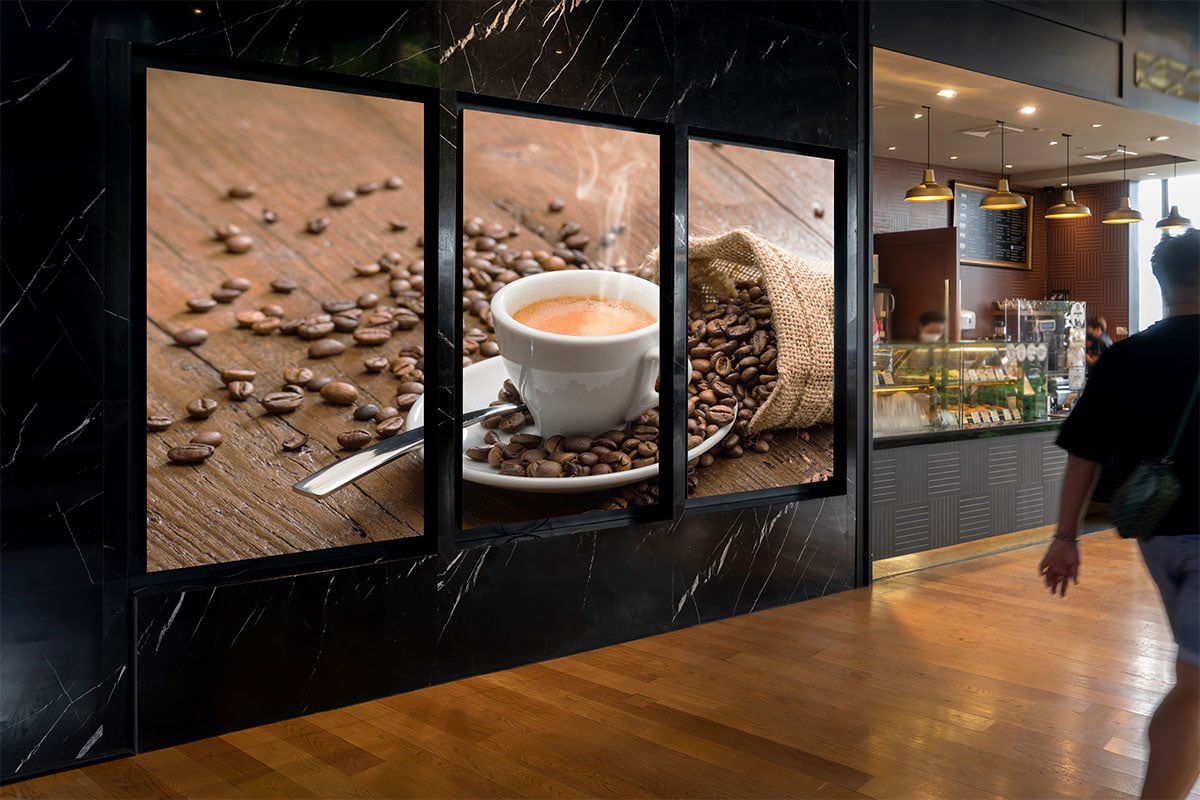Investigating the Key Factors That Affect Hue Consistency in LED Panel Panels for Ideal Visual Output
Investigating the Key Factors That Affect Hue Consistency in LED Panel Panels for Ideal Visual Output
Blog Article
Color consistency in light-emitting diode wall screens is essential for achieving optimal optical output. LED wall panels are widely used in multiple environments, including musical events, conferences, and advertising displays. When the hues on these panels are uniform, they create a more captivating and immersive encounter for audiences. Several critical factors influence color consistency, including the caliber of the light-emitting diode elements, calibration processes, and environmental conditions.
The quality of the light-emitting diode elements plays a significant role in hue uniformity. Various types of light-emitting diodes emit light at varying wavelengths, which can affect the total hue output. High-quality LEDs are engineered to generate a more consistent light spectrum, leading in better color accuracy. Additionally, the production method of these light-emitting diodes can affect their functionality. Screens made with high-grade materials and techniques tend to have fewer color differences, guaranteeing that the shown pictures and footage look lively and true to life.
Calibration is another crucial factor in maintaining color uniformity in LED wall panels. Tuning involves adjusting the configurations of the screen to make certain that the hues displayed interactive led wall rental nyc align the desired design. This process can consist of fine-tuning brightness, differentiation, and hue balance. Regular calibration is essential, especially in environments where lighting factors change frequently. By tuning the screens, technicians can fix any discrepancies in color result, resulting to a more uniform observing encounter.
Environmental conditions also influence hue consistency in LED wall screens. Elements such as ambient light, temperature, and moisture can affect how colors are perceived. For instance, intense surrounding light can wash out colors, making them appear more vibrant. Similarly, extreme temperatures can affect the functionality of the light-emitting diodes, leading to color changes. To reduce these issues, it is essential to install light-emitting diode wall screens in controlled environments where illumination and temperature can be managed effectively.
Lastly, the layout and arrangement of the LED wall panels can impact color uniformity. The arrangement of the screens, as well as the spacing from which they are viewed, can create variations in hue recognition. When panels are arranged too far apart or at varied angles, audiences may detect discrepancies in color. To obtain the best visual output, it is crucial to take into account the positioning and arrangement of the screens during setup. By tackling these factors, operators can ensure that their light-emitting diode wall panels provide a consistent and superior optical experience.